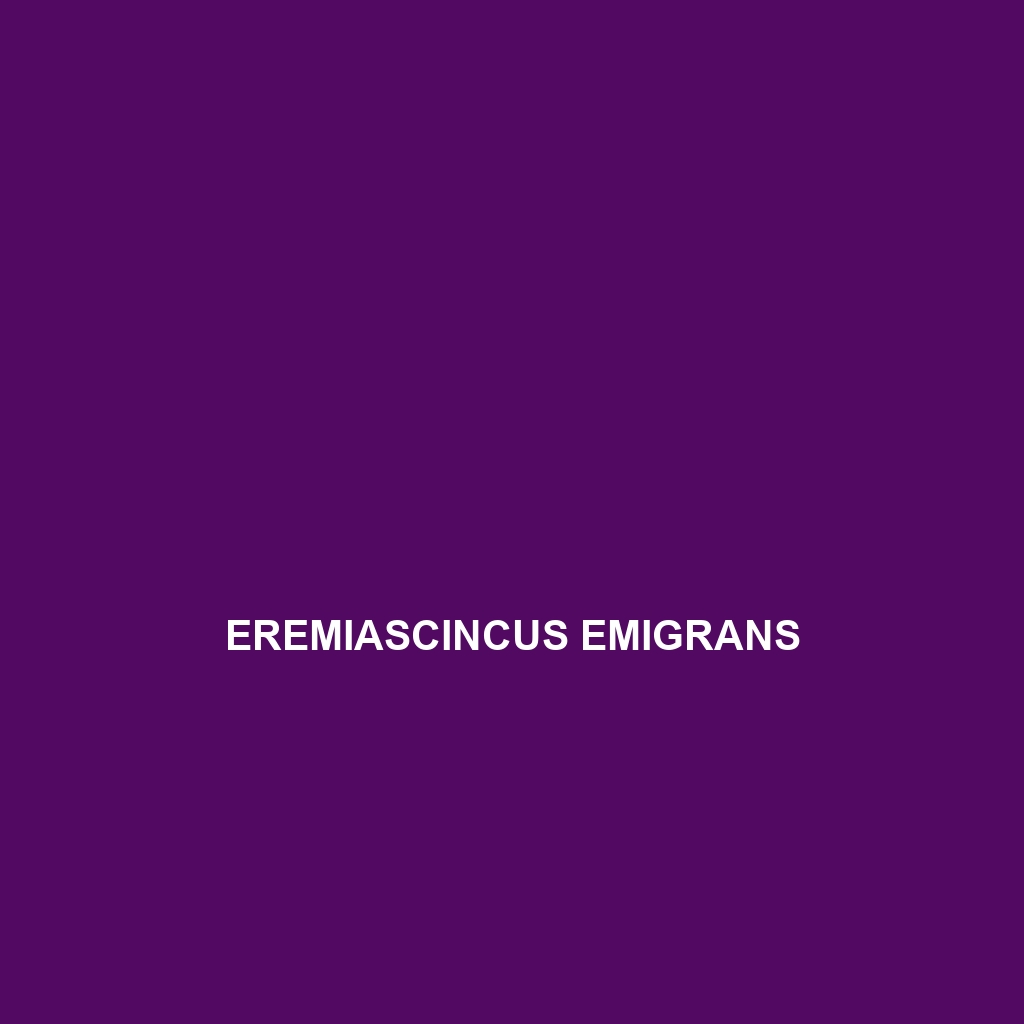Discover the Gehyra gemina, or twin gecko, a nocturnal and adaptable reptile found across northern Australia and parts of New Guinea, thriving in diverse habitats from tropical rainforests to urban areas. Known for its distinctive brown and gray coloration, broad head, and large eyes, this insectivorous gecko plays a crucial role in controlling insect populations and maintaining ecosystem balance.
Tag: Australian reptiles
Gehyra fenestrula
<p><b>Gehyra fenestrula</b>, known as the <b>window gecko</b>, is a nocturnal species found in warm, humid habitats across Australia and New Guinea. With its distinctive flattened body, large eyes, and adaptive behavior, this insectivorous gecko contributes significantly to its ecosystem by controlling insect populations while showcasing remarkable adaptability to urban environments.</p>
Gehyra einasleighensis
Discover the Gehyra einasleighensis, or Einasleigh rock gecko, a medium-sized, nocturnal reptile native to the tropical rainforests and savannas of northeastern Queensland, Australia. With its striking coloration, enhanced climbing abilities, and important role in controlling insect populations, this resilient gecko showcases remarkable adaptability within diverse habitats.
Furina tristis
Discover the Furina tristis, commonly known as the black-headed snake, featuring a distinctive dark head and smooth, glossy scales that range from cream to light brown. This moderately-sized, nocturnal predator inhabits temperate forests and savannas across Australia, preying on small mammals, lizards, and invertebrates while playing a vital role in maintaining ecological balance.
Eulamprus tympanum
The Eulamprus tympanum, or Eastern Water Skink, is a medium-sized, diurnal skink known for its remarkable swimming ability and adaptability to various habitats, including temperate forests and riparian zones in southeastern Australia. This insectivorous species exhibits unique courtship behaviors during breeding and plays a vital role in maintaining ecological balance as both predator and prey.
Eulamprus quoyii
<b>Eulamprus quoyii</b>, commonly known as Quoy's Frog or the Eastern Water Skink, is a diurnal insectivore found in eastern Australia's moist rainforests, temperate forests, and savannas. With a slender body, varying shades of olive green or brown, and a unique ability to detach its tail when threatened, this resilient skink plays a vital role in its ecosystem by regulating insect populations and serving as a food source for larger predators.
Eremiascincus isolepis
<p><b>Eremiascincus isolepis</b>, commonly known as the eastern skink, is a slender, diurnal insectivore native to the temperate forests and woodlands of eastern Australia, recognized for its smooth, shiny scales and remarkable tail regeneration ability. This skink plays an essential role in its ecosystem by controlling insect populations and serving as prey for larger predators.</p>
Eremiascincus intermedius
The Eremiascincus intermedius, commonly known as the intermediate skink, is a diurnal insectivore found in the temperate forests and savannas of eastern Australia, characterized by its smooth, shiny brown or gray scales and unique behaviors, including rapid zigzag movements for predator evasion. This species plays a crucial role in maintaining insect populations and serves as prey for larger predators, highlighting its ecological importance.
Eremiascincus douglasi
Douglas' mabuya (<i>Eremiascincus douglasi</i>) is a small skink found in Australia’s arid and semi-arid regions, measuring 7 to 12 cm with a coloration that ranges from light brown to olive. As an insectivore, it thrives in sandy habitats, showcasing remarkable speed and adaptability, while playing a vital role in its ecosystem by controlling insect populations and contributing to soil health.
Eremiascincus butlerorum
<p><b>Eremiascincus butlerorum</b>, commonly found in eastern Australia's diverse habitats, is a slender skink that measures 10 to 15 centimeters and thrives in warm, well-drained soils. Known for its diurnal behavior and insectivorous diet, this species plays a vital role in maintaining ecological balance by controlling insect populations.</p>









